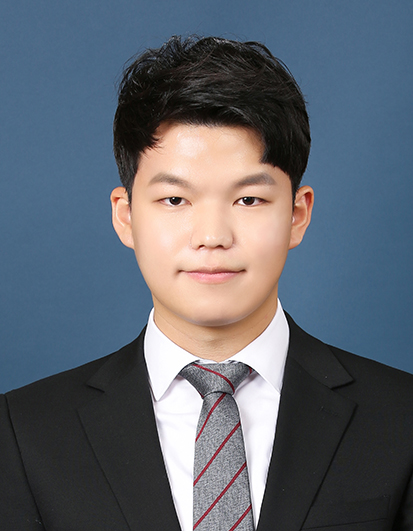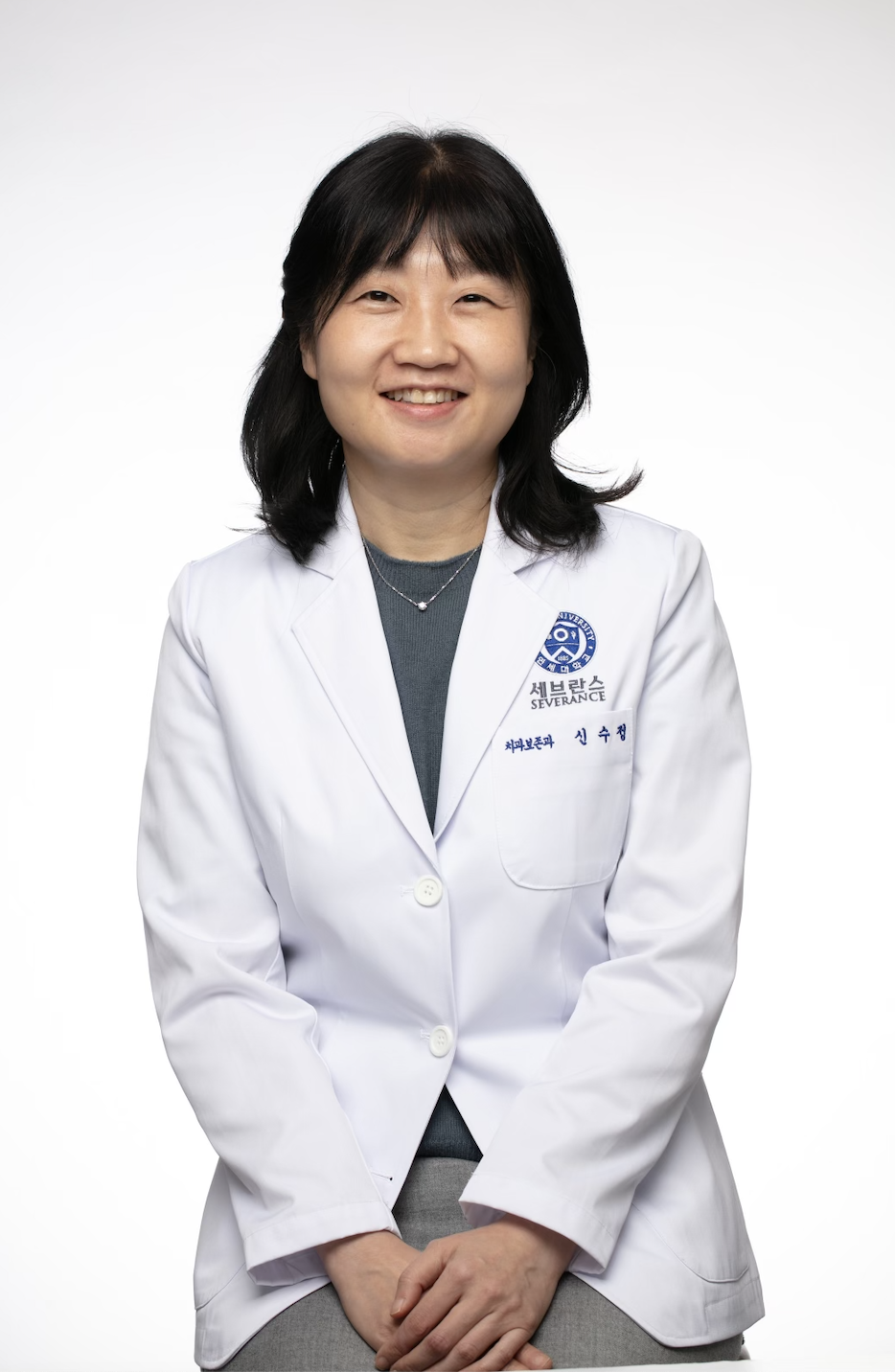Back
(PR89) Water Absorption and Fluid Infiltration Rate of Artificial Dura Mater Substitutes - A Material for Vital Pulp Therapy
Thursday, May 4, 2023
1:00 PM – 4:00 PM CT

YoungKyun Kim, D.D.S.
International Resident
Yonsei University
Seoul, Seoul-t'ukpyolsi, Republic of Korea
Su-Jung Shin, D.D.S., Ph.D.
Professor/Chair
Yonsei University
Seoul, Seoul-t'ukpyolsi, Republic of Korea
Presenter(s)
Co-Author(s)
The purpose of this study was to evaluate the surface configuration, water absorption ability, and fluid infiltration rate of selected artificial dura mater substitutes for potential usage in vital pulp therapy (VPT).
Four experimental groups were tested depending on two types of non-resorbable artificial dura mater substitution: Neuropatch (B.Braun) and Biodesign (Cook biotech incorporated) with/without Histoacryl (B.Braun) used for hemostasis and material attachment. The surface morphology of these membranes was observed by scanning electron microscopy (SEM). Water sorption of both membranes with and without Histoacryl was estimated by mass change. The fluid infiltration rate of each specimen was calculated by Nanoflow (IB Systems). To analyze the difference in the water resorption and fluid infiltration rates, repeated measure One-way ANOVA and Šidáks multiple comparisons tests were used by Prism 9 (Version 9.4.1) (GraphPad Software, LLC) (P <0.05). SEM images of specimens showed different surface morphology of two other products. Adding Histoacryl to these membranes seemed to change the membrane surface. Biodesign showed the most significant mass increase,152± 20.4%, and a higher water resorption rate than other groups (P <0.05). The mean fluid infiltration rate of Neuropatch was lower than that of Biodesign (P <0.05). However, there was no difference in fluid infiltration between the two materials when the composite resin was applied to mimic clinical situations. Based on the results of our study, it is suggested that Neuropatch and Biodesign can be candidate materials for PVT. Biodesign has the potential for resorbing tissue fluid.
Four experimental groups were tested depending on two types of non-resorbable artificial dura mater substitution: Neuropatch (B.Braun) and Biodesign (Cook biotech incorporated) with/without Histoacryl (B.Braun) used for hemostasis and material attachment. The surface morphology of these membranes was observed by scanning electron microscopy (SEM). Water sorption of both membranes with and without Histoacryl was estimated by mass change. The fluid infiltration rate of each specimen was calculated by Nanoflow (IB Systems). To analyze the difference in the water resorption and fluid infiltration rates, repeated measure One-way ANOVA and Šidáks multiple comparisons tests were used by Prism 9 (Version 9.4.1) (GraphPad Software, LLC) (P <0.05). SEM images of specimens showed different surface morphology of two other products. Adding Histoacryl to these membranes seemed to change the membrane surface. Biodesign showed the most significant mass increase,152± 20.4%, and a higher water resorption rate than other groups (P <0.05). The mean fluid infiltration rate of Neuropatch was lower than that of Biodesign (P <0.05). However, there was no difference in fluid infiltration between the two materials when the composite resin was applied to mimic clinical situations. Based on the results of our study, it is suggested that Neuropatch and Biodesign can be candidate materials for PVT. Biodesign has the potential for resorbing tissue fluid.
